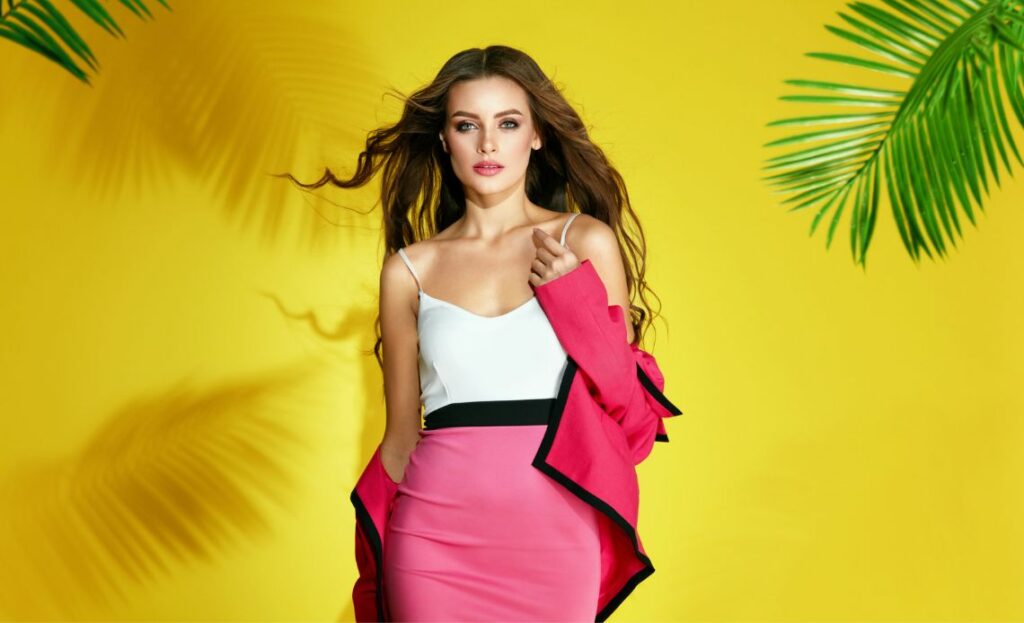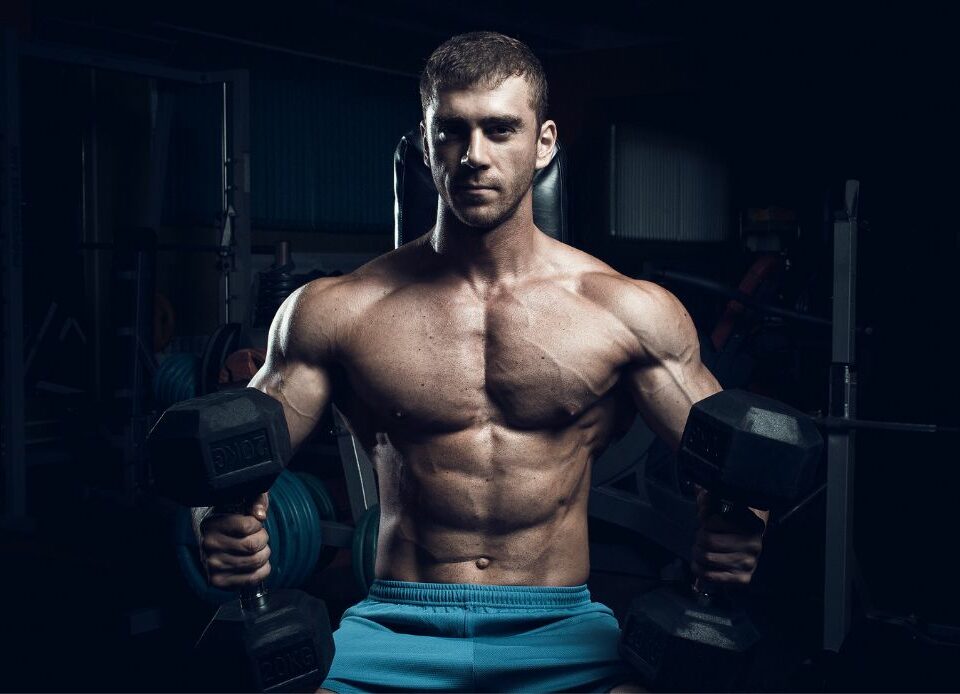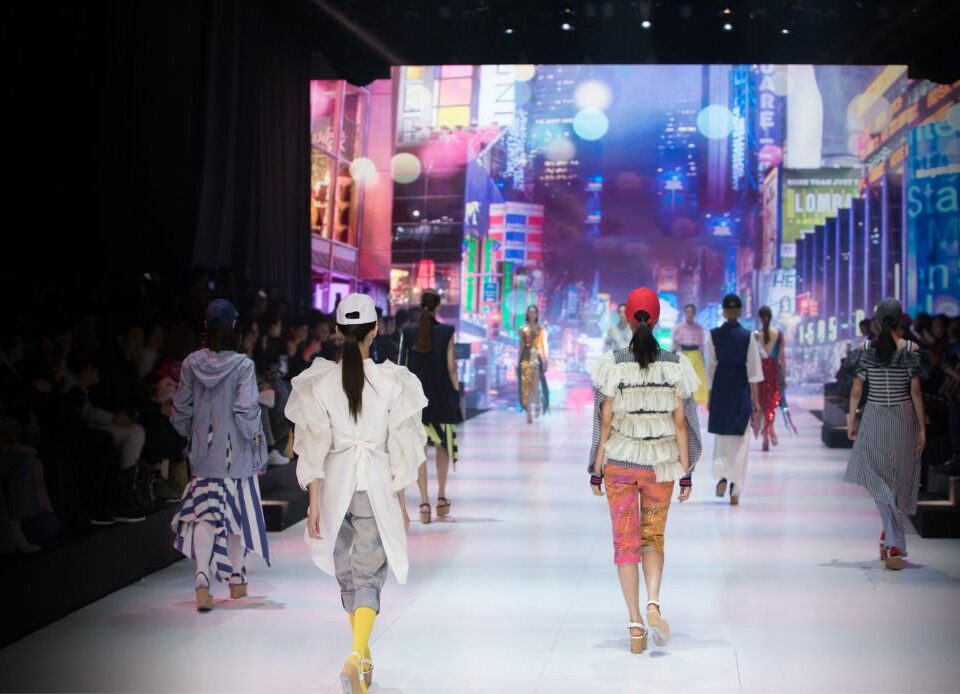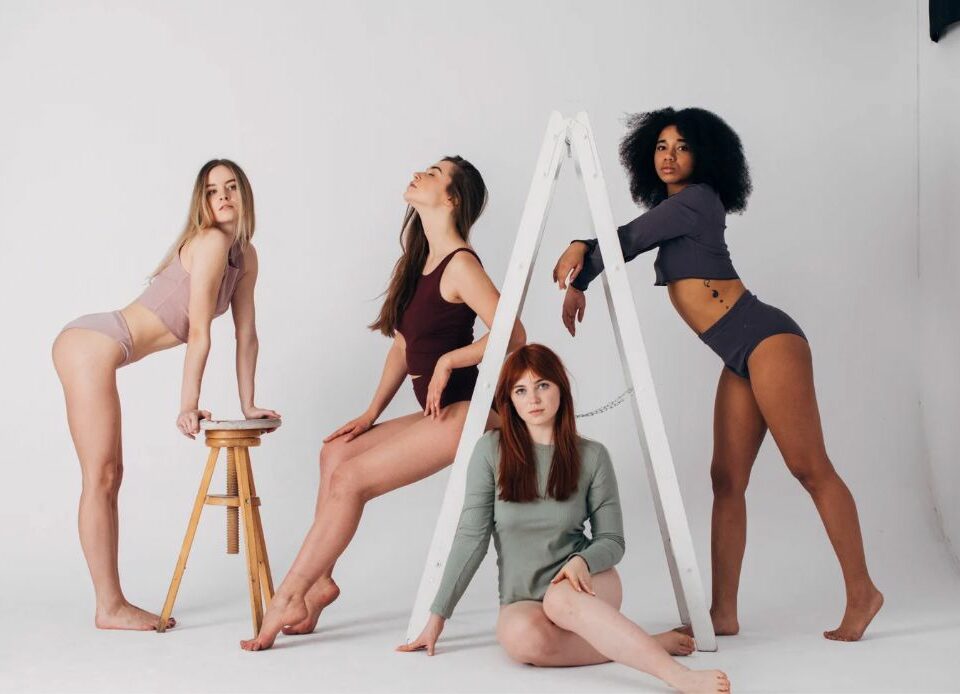The Rise of Commercial Fashion Modelling: What You Need to Know

Commercial fashion modeling has experienced a remarkable surge in popularity, making it an intriguing sector within the captivating fashion industry. While high fashion modeling has traditionally garnered more recognition, the recent trend has seen commercial fashion modeling gain significant prominence.
What is Commercial Fashion Modelling?
Commercial fashion modeling is a type of modeling that focuses on promoting products or services. Unlike high fashion modeling, known for its avant-garde and editorial nature, commercial fashion modeling aims to showcase relatable and approachable products. Commercial fashion models are often featured in everyday clothing, cosmetics, and household goods advertisements.
The Difference Between Commercial and High Fashion Modelling
High fashion modeling is typically reserved for the most exclusive and high-end brands. In editorials, runway shows, and other high-visibility events, these labels often employ high-fashion models to showcase their wares. However, commercial modeling is geared toward expanding product awareness. A wide range of products, from the more reasonably priced to the most luxurious, are promoted with the help of commercial models.
Why Diversity in Commercial Fashion Modelling Matters
The commercial fashion industry has seen a rise in models of diverse backgrounds. There has been an uptick in the need for models of different sizes, ages, and ethnicities in recent years. Because of this change, modeling agencies and fashion businesses seek models from underrepresented communities. This is progress since it broadens product appeal and supports the causes of diversity and body positivity.
What It Takes to Become a Commercial Fashion Model
Commercial fashion modeling requires devotion and hard work. If you want to model commercially, here’s what you need to know:
Height and Body Type
Unlike their taller and slimmer counterparts in the high fashion industry, commercial fashion models come in various sizes and shapes. Models in the commercial industry are selected for their ability to accurately portray a wide range of body types because of the increased value placed on accessibility. However, predetermined standards to meet in terms of physical appearance. Commercial fashion models, in general, are expected to have healthy lifestyles and attractive physical appearances.
Look and Personality
Commercial fashion models need the proper body type, a powerful appearance, and a wonderful personality. Commercial models are expected to look approachable and familiar, unlike their high fashion counterparts, whose appearances are frequently editorial and cutting-edge. They should go for a low-maintenance, undone look with their hair and makeup. They should also have an attractive, warm, and approachable personality.
Professionalism and Work Ethics
Commercial fashion modeling requires a strong work ethic and a professional demeanor. This means you should be dependable, timely, and straightforward. It also shows you’re up for the hard work of making it in a challenging field.
The Future of Commercial Fashion Modelling
The future of commercial fashion modeling looks bright. Advertising campaigns will increasingly feature models of varying body types, ethnicities, and sexual orientations to cater to the growing demand for diversity and inclusivity. We also anticipate a heightened focus on sustainability, with firms seeking models that share their dedication to environmentally responsible methods.
FAQs
What is the difference between commercial and high fashion modeling?
Commercial fashion modeling focuses on promoting products, while high fashion modeling is more editorial and avant-garde.
What are the requirements for commercial fashion modeling?
Commercial fashion models should be fit and healthy, with a strong look and a great personality.
Why is diversity important in commercial fashion modeling?
Diversity helps promote inclusivity and body positivity and makes products more relatable to a wider audience.
How can aspiring models succeed in the commercial fashion modeling industry?
Aspiring models should build a strong portfolio, develop their unique looks and personality, and cultivate a professional work ethic.
What is the future of commercial fashion modeling?
The future of commercial fashion modeling looks bright, with a growing emphasis on diversity, inclusivity, and sustainability.
Conclusion
The rise of commercial fashion modeling is a positive development in the fashion industry, promoting inclusivity, diversity, and sustainability. Marketers and agencies should seek diversity and inclusivity to promote relatable and aspirational products, while aspiring models should focus on cultivating their distinctive styles and personalities. The future of commercial fashion modeling is bright as the industry continues to experience development and innovation.





